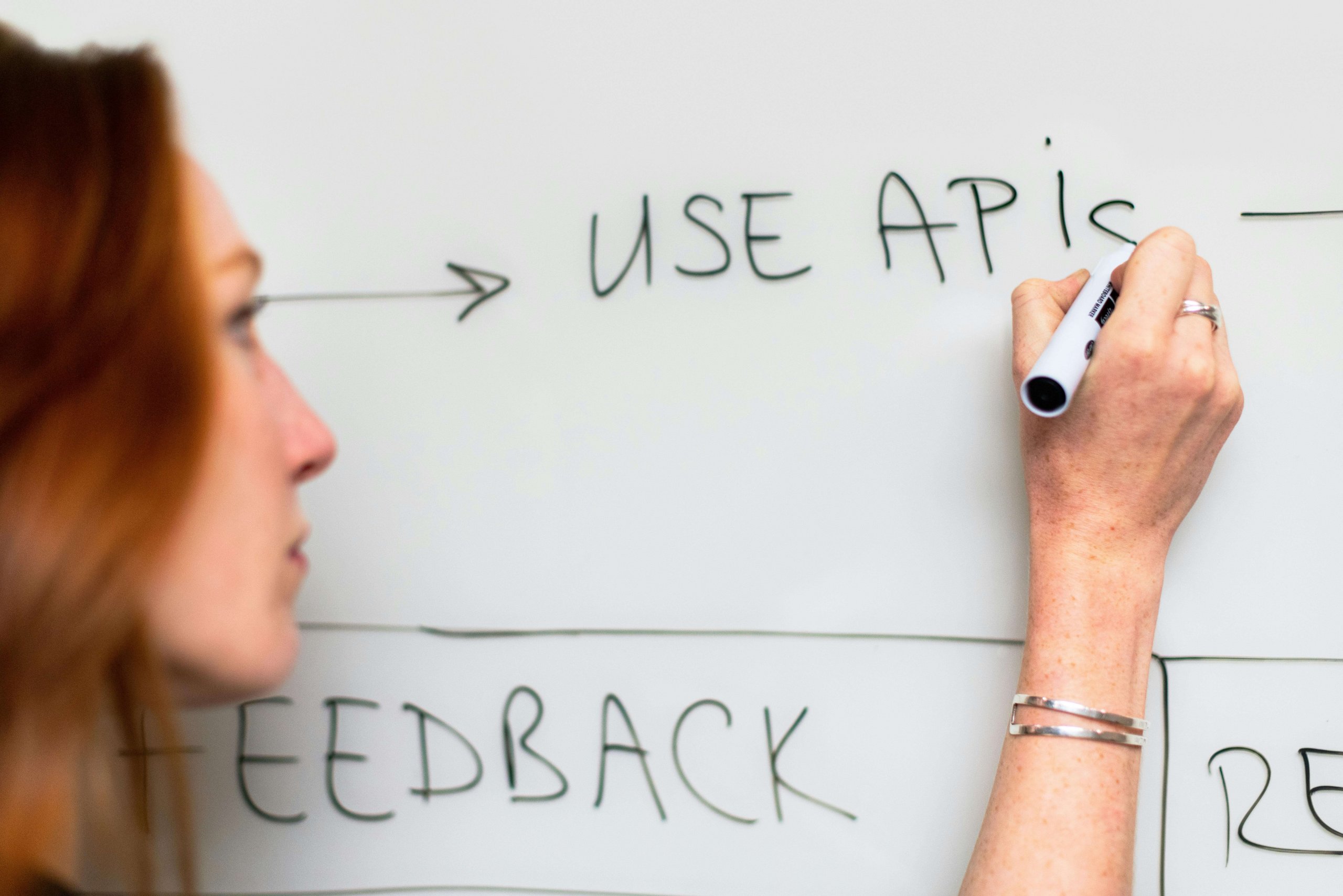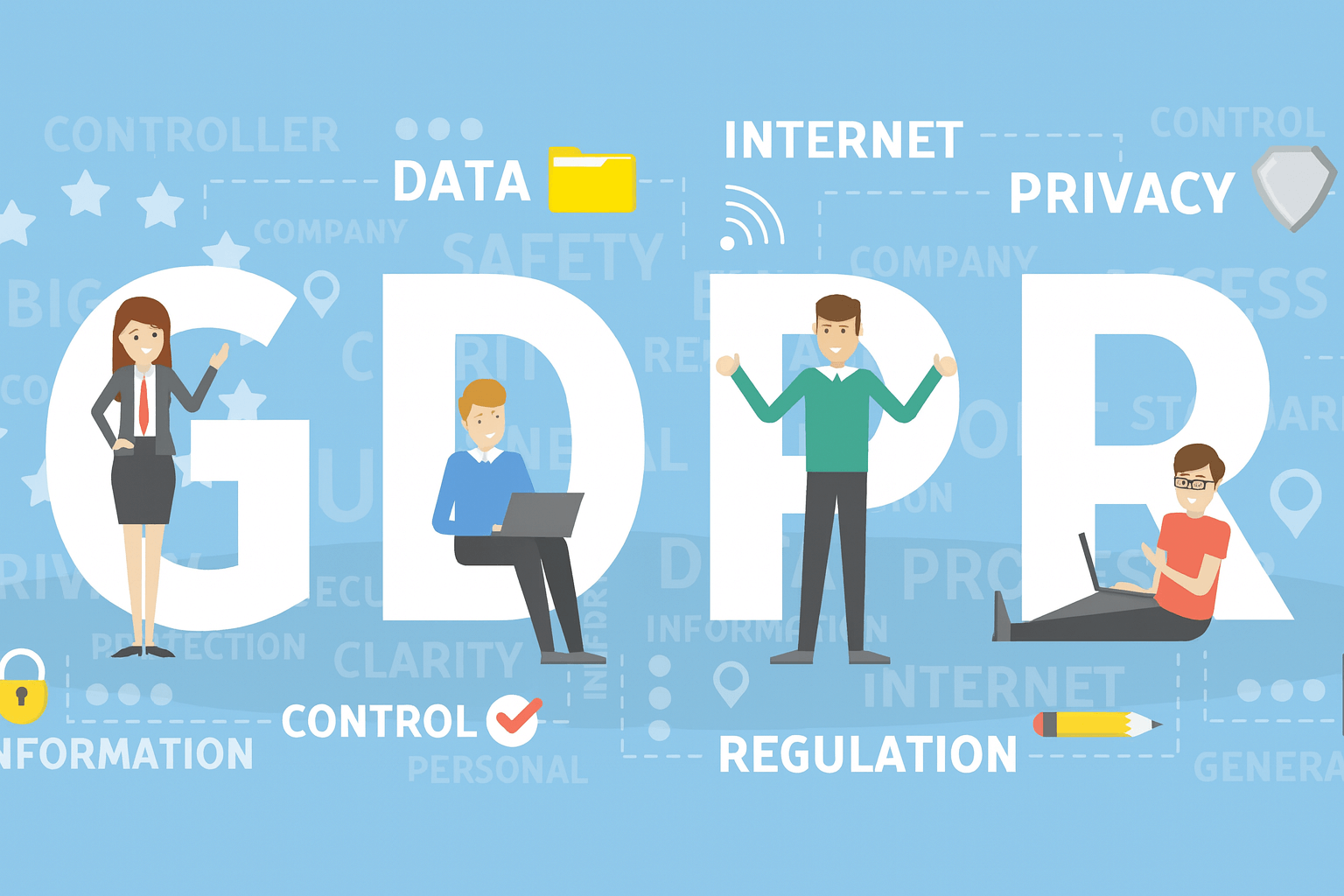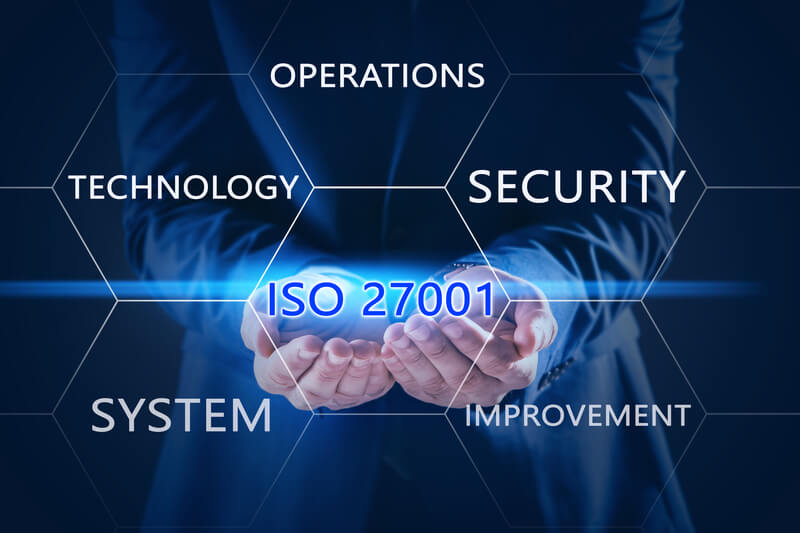Lead Conversion with Trained Professionals
Businesses today face high pressure to deliver consistent customer experiences while also improving revenue. Customers expect quick responses, clear answers, and respectful service. Meeting these expectations requires skilled agents who understand both the customer journey and the business goals. This is why outsourcing to trained professionals has become a preferred solution for companies of every size.
The focus on lead conversion is vital. Leads are the foundation of growth. Without a clear plan to engage them and encourage action, businesses risk losing opportunities. Skilled professionals who specialize in lead conversion bring structure and expertise. They know how to connect with potential customers, address their concerns, and guide them toward decisions. This improves sales outcomes and builds loyalty.
Beyond lead conversion, outsourcing provides solutions across customer service, debt collection, and IT support. Companies benefit from reduced costs, scalable services, and access to global talent. With these advantages, they can meet the needs of customers while maintaining financial efficiency.
Expertise in Customer Service and Debt Collection Solutions
Customer support is the area where most businesses build or lose loyalty. Customers who receive clear, respectful communication are more likely to remain loyal. Professional outsourcing teams are trained to deliver this level of support. With customer service outsourcing, businesses gain skilled agents who use proven methods to resolve problems quickly and respectfully.
Another critical service is financial recovery. Debt collection services require a balance of professionalism and empathy. Customers must be approached with care while ensuring that obligations are addressed. Experienced agents help recover revenue while protecting the brand image. Their knowledge of best practices ensures that the process supports both business stability and customer relationships.
By combining customer service and debt collection, businesses create a stronger foundation for growth. Support teams not only protect revenue but also preserve positive customer experiences. Outsourcing ensures both functions are managed effectively, without the expense of large in-house departments.
IT Support and Strategies for Global Business Growth
Technology is central to modern operations. Customers and businesses alike rely on smooth, uninterrupted systems. When problems arise, delays or confusion can lead to frustration. With IT support solutions, companies can rely on agents trained to handle technical concerns with efficiency. They resolve issues quickly, guide customers through fixes, and prevent disruptions. This ensures continuous productivity and strong customer satisfaction.
Alongside technical support, lead conversion strategies fuel business expansion. These strategies involve guiding potential customers from interest to commitment. Trained professionals know how to listen, present clear information, and highlight value. By using proven methods, they increase the likelihood of successful conversions.
Together, IT support and lead conversion represent two pillars of growth. One ensures systems and operations remain stable. The other drives new business opportunities. Companies that invest in both see greater efficiency and stronger results.
How Do Bilingual Teams Strengthen Customer Experiences
Customers want more than answers. They want to feel respected and understood. This is where bilingual agents provide an advantage. They not only communicate in multiple languages but also bring cultural sensitivity. With strong cultural understanding, they adjust tone and style to suit each interaction. This creates trust and comfort for customers across different regions.
For businesses entering new markets, bilingual and bicultural support opens doors. Customers are more likely to trust and remain loyal to companies that speak their language. Agents who can switch seamlessly between languages reduce frustration and improve resolution times.
The result is a stronger connection between brand and customer. Customers who feel valued are more likely to continue doing business and share their experiences with others. Multilingual and culturally aware agents are essential for creating long-term loyalty.
Building Efficiency Through Outsourcing Partnerships
Outsourcing delivers more than cost savings. It provides a structure that makes operations more efficient. With cost effective outsourcing, companies can reduce expenses without lowering service quality. This allows resources to be directed toward growth and innovation.
Flexibility is another benefit. With scalable support, businesses can adjust teams based on seasonal demand. This ensures consistent service even during periods of high activity. Companies no longer need to carry the expense of large year-round departments. Instead, they scale resources to match actual needs.
Partnerships with outsourcing providers also bring access to advanced systems and technology. Businesses benefit from tools that might otherwise be too costly to implement. These systems provide data insights, performance tracking, and customer engagement features. Together, they enhance efficiency and competitiveness.
Expanding Growth with Business Process Outsourcing
Companies aiming to compete globally must streamline operations. Business process outsourcing provides solutions across multiple areas. From customer support and debt collection to IT and sales, outsourcing partners bring expertise and trained staff.
This allows businesses to focus on their main strengths while still ensuring that critical services are delivered. Smaller firms benefit from access to resources they could not afford internally. Larger enterprises gain flexibility to adjust operations without heavy restructuring.
Outsourcing is more than a financial strategy. It is a way to strengthen customer care, recover revenue, and expand into new markets. With access to multilingual agents, industry best practices, and reliable technology, companies can ensure steady growth. The combination of efficiency, adaptability, and quality makes outsourcing a key factor in global business success.
Shaping the Future of Customer Support Success
Customers expect service that is immediate, respectful, and reliable. Meeting these expectations requires skilled professionals who understand both language and culture. Multilingual and bicultural teams deliver more than answers. They build trust and strengthen customer relationships.
From customer service and debt collection to IT support and lead conversion, outsourcing partners provide essential expertise. They reduce costs while improving service. They scale resources to fit demand while ensuring consistent performance. They bring knowledge, technology, and professionalism that help businesses succeed.
For companies looking to expand their global presence, outsourcing is a path to efficiency and growth. It ensures customers receive the care they deserve while businesses benefit from stronger results.
Now is the time to invest in trained professionals who understand the value of customer trust. Reach out today to explore how customized support solutions can increase lead conversions and drive sustainable business growth.





 Regional Travel Access and Local Solutions
Regional Travel Access and Local Solutions

















 High-touch accounts, such as B2B debt or institutional loans, still benefit from agent-driven conversations, while low-value accounts perform better with digital-first sequences. An omnichannel strategy bridges these needs without requiring parallel infrastructures.
High-touch accounts, such as B2B debt or institutional loans, still benefit from agent-driven conversations, while low-value accounts perform better with digital-first sequences. An omnichannel strategy bridges these needs without requiring parallel infrastructures.